
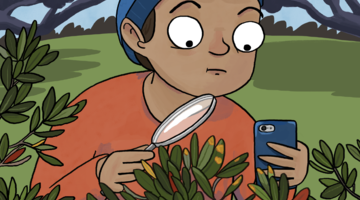
Myrtle rust is a serious biosecurity threat, and help is needed to monitor its spread. This citizen science project aims to gather information on the location, hosts and intensity of this fungal ...
READ MORE
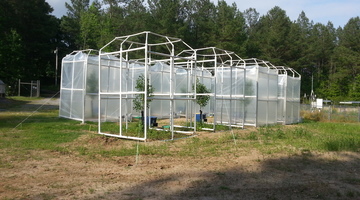
By comparing some features of fossilised plants with the same features of plants living today, scientists hope to be able to learn more about the effect of changing carbon dioxide (CO2) levels in ...
READ MORE

iNaturalist logs hundreds of thousands of photos of flora, fauna and fungi. There are even sound recordings too. Each is described and geo located. iNaturalist is used by citizens and scientists ...
READ MORE
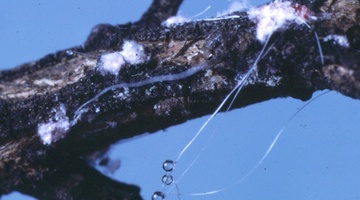
Our native forests – ngahere – have complex ecosystems. Within the wider ecosystems are smaller ecosystems, such as the one formed around honeydew. Honeydew is a sweet, sticky substance produced ...
READ MORE
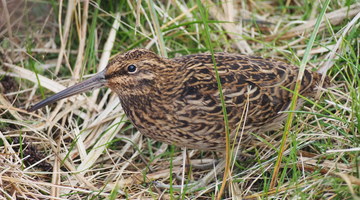
The Auckland Islands are often described as a hotspot of biodiversity, with a wide variety of seabirds, invertebrates and marine mammals and a range of hardy plants. There are five New Zealand ...
READ MORE
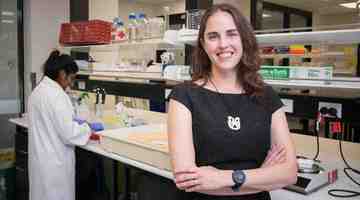
Research led by Victoria University of Wellington’s Dr Monica Gerth in collaboration with iwi has discovered molecules from New Zealand native plants could hold the solution to kauri dieback ...
READ MORE
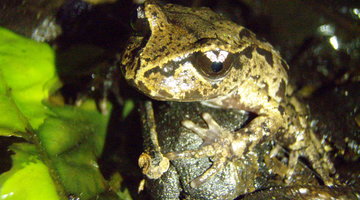
In this activity, students take on the role of a native frog, native bird or introduced mammalian predator and participate in a physically active simulation. The activity highlights different ...
READ MORE
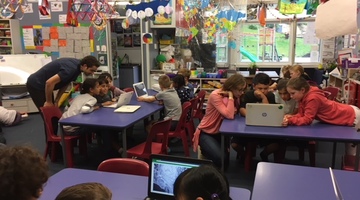
This unit plan shows how teacher Carol Brieseman used the online citizen science (OCS) project Identify New Zealand Animals to offer her students another way of developing their understanding ...
READ MORE
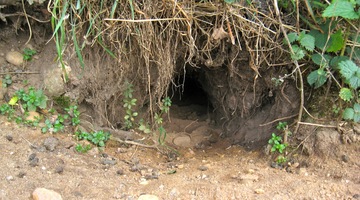
In this activity, students consider the effects of the release of the rabbit haemorrhagic disease virus as a biological control in Otago. By the end of this activity, students should be able to ...
READ MORE
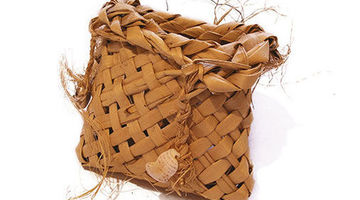
In this recorded professional learning session Tame Malcolm (Kaimahi Matua at Te Tira Whakamātaki) and Greta Dromgool from the Science Learning Hub explore kaitiakitanga. Many of us are familiar ...
READ MORE
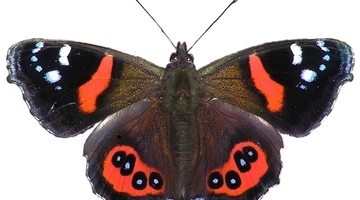
The New Zealand Curriculum has a strong focus on ensuring that all students have the skills and knowledge to participate in public debates and decision-making processes as critical, active ...
READ MORE

In this recorded professional learning session, Greta Dromgool and Ben Moorhouse from the Department of Conservation unpack conservation education and: introduce some exciting DOC resources aimed ...
READ MORE
Our native forests – ngahere – have complex ecosystems. These ecosystems are under threat from introduced wasp species. In this episode of Project Mātauranga, Associate Professor Jacqueline Beggs ...
READ MORE
Researcher Rosa Henderson from Landcare Research NZ Ltd introduces the tiny scale insects and talks about their role in the ecosystem.
READ MORE
Weno Iti, the Te Kūwaha Manager (NIWA Māori Development Centre) and NIWA's Maori development officer, Apanui Skipper, describe their views on mātauranga Māori. While they agree that mātauranga ...
READ MORE

The marine environment of the Auckland Islands in the New Zealand Subantarctic Islands group is home to a diverse range of species. Use this interactive image to learn about this diverse ...
READ MORE
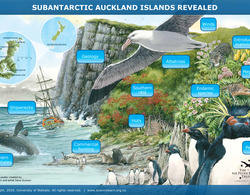
An interactive overview of the Auckland Islands. Click on the labels for more information. Select here to view the full transcript and copyright information.
READ MORE
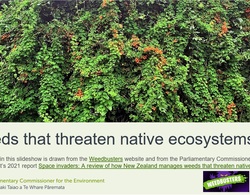
A slideshow of weeds and the adaptations that make them problematic in a New Zealand setting. Use the Slideshow menu for further options, including view full screen, and go here for the download ...
READ MORE